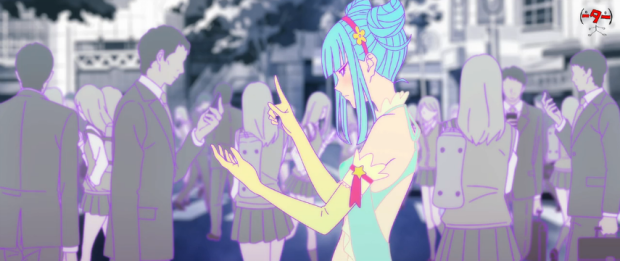The two key points I will identify from Nicholas Mirzoeff’s work, “How to See the World”, from his introduction. These key points are
- The entire world’s population is connected to the World Wide Web, or the internet. More than a third of it’s population are connected and online daily.
- The internet makes information, particularly visual information, easily accessible; this visual information helps us form a vision of what the world is like or what we think is like.
“In 2012, more than a third of the world’s population had access to the internet, up to 566% since 2000.” (Mirzoeff, Pg.5)
The internet is, at it’s heart, a global system of interconnected mainframes, personal and wireless computer networks that uses something called the Internet Protocol Suite (TCP/IP) to connect to billions of devices worldwide.
By the time the internet (or then called the World Wide Web) had been released for personal use all over the world, not a lot of the population had home access. But slowly, but surely, people had easier access whether they had personal computers, use a friends or go to the library. However it makes me think;
Lets go back in time, to lets say between 300 BC to the invention of the telegram in the 1800’s; people had a way of staying connected though a bit of a slow and tedious process. Information wasn’t readily available however it makes me wonder;
Because we have such easy access to information, people, and services through the net, has our lives have gotten easier since people had to send letters or telegraphs? I feel like because of the advanced technology that had made our lives easier, we maybe taking stuff we can easily overlook for granted. because we can get it faster than ever.

Fig.1. Girl. Scene Still. Dir. Hibiki Yoshizaki. Studio Khara. 2015. Different Seasons. Web. 22/10/2016
We connect to people easier but are we actually “connected” to them through an emotional level? Or do we just see them as a profile picture on our smartphones? Is easier connectivity for the best or is it disconnecting us from what is important?
Is it disconnecting us from reality? These are questions you should think about.
(Or maybe I am rambling on nonsense….)
“Like it or not, the emerging global society is visual. All these photographs and videos are our way of trying to see the world. We feel compelled to make images of it and share them with others as a key part of our effort to understand the changing world around us and our place within it.” (Mirzoeff, Pg.6)
Since the invention of the selfie and viral videos, we are seeing a lot more visual information everyday. Some of it good, funny, bad, misleading or informative. In a time where people feel self important and the need to assert their place in the world; selfies are a common thing to see. However; is this an act of vanity or a way of identifying ourselves?
Social Media sites such as Facebook and Instagram have over a billion users, who upload hundreds to the thousands of images everyday. These platforms are another way of creating an identity using visual images like the selfies. However I cannot help but wonder;

Fig.2. Me! Me! Me!. Scene Still. Dir. Hibiki Yoshizaki. Studio Khara. 2014. Zero Gravity INQ. Web. 24/03/2015
Are we creating a false image or representations of ourselves using visual information? Or more like create a representation of ourselves that we want people to see just like how fashion magazines want people to see “beautiful” women who are actually altered digitally. Depending on someone’s standpoint; we either see the real world through visual information or we see a false, disjointed reality.
Resoures
Mirzoeff, Nicholas. How to See the World. London: Pelican, 2015. Print
Ghost in the Shell. Scene Still. Dir. Mamoru Oshii. Production IG. 2004. Deviantart. Web. 2014



